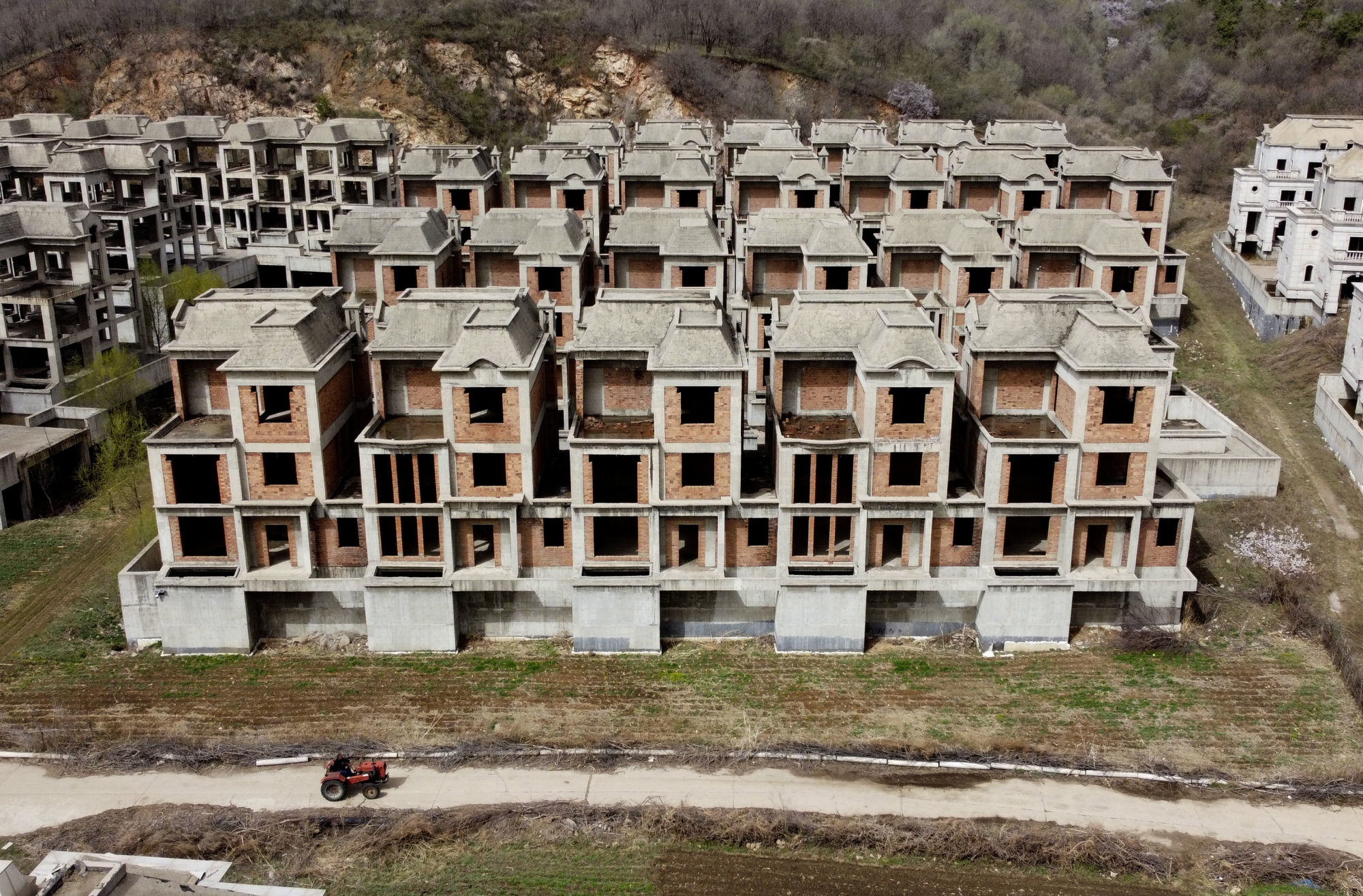While the size of the insurers’ property investments are “generally moderate” relative to their asset bases, some insurers have exposure in excess of 15 per cent of shareholders’ equity, according to a report published on Monday by Moody’s Ratings. For these groups, the impact of losses from property investments on their profitability and capital could be “material”, the report said.
Alternative investments pose the greatest potential challenge for insurers, the report said. These investments include debt-investment schemes, asset-management products and trust plans that use commercial properties as underlying assets.
“The exact amounts of exposure to property developers through alternative investments are hard to gauge because of limited public disclosure and complicated transaction structures,” Moody’s analysts said.
“For example, certain trust plans or asset-management products may invest in a diversified portfolio of financial assets,” the report said. “A subset of these assets could subsequently invest in debt instruments or equities issued by property developers, thus creating a layer of indirect exposure to the property sector.”
Meanwhile, the quality of investments in physical properties – another way for insurers to be exposed to the country’s commercial real estate sector – could also face challenges as rental yields decline against the backdrop of challenging economic conditions and lower income prospects.
China’s commercial real estate sector faces persistent headwinds against a broader decline in the property sector. The nationwide office vacancy rate rose by 0.3 percentage points quarter on quarter in the first quarter of 2024 to 24.8 per cent, marking a historical high, according to data published in April by CBRE.
Commercial real estate investment volume dropped 37 per cent quarter on quarter, and 23 per cent year on year to 44.7 billion yuan (US$6.2 billion) as institutions and property funds remained on the sidelines to avoid risks.
Retail property emerged as a bright spot, as further improvement in supply and demand pushed overall vacancy down for a third consecutive quarter to 8.4 per cent in the first quarter of this year.

The measures, which included 300 billion yuan in “relending” funds for state-owned firms and local governments to clear excess housing inventory, plus the removal of mortgage-floor rates nationwide, has done little to revive sentiment.

